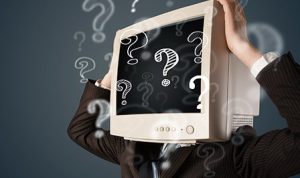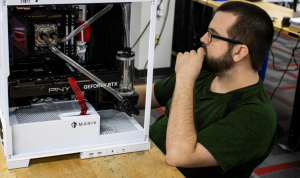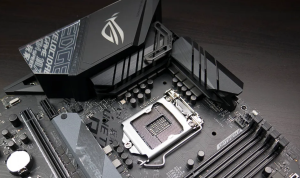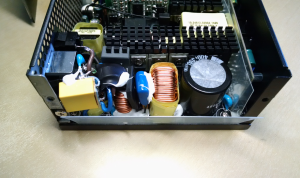How Hardware Impacts Software Performance sets the stage for this enthralling narrative, offering readers a glimpse into a story that is rich in detail and brimming with originality from the outset. In the fast-paced world of technology, the performance of software is intricately tied to the capabilities of the hardware it runs on. Understanding this relationship not only helps developers create more efficient applications but also allows users to maximize their system’s potential.
From processing power to memory capacity, the hardware components play a crucial role in determining how software performs, making it essential to consider these factors in both development and usage.
In the bustling world we live in today, the importance of communication cannot be overstated. Whether in personal relationships, business dealings, or casual interactions, effective communication can make all the difference in the outcomes we experience. This article will delve into the intricacies of communication, exploring its various forms, the impact of technology, and tips for enhancing your communication skills to foster better connections with those around you.To begin, let’s define communication in its broadest sense.
At its core, communication is the process of exchanging information, ideas, thoughts, and feelings between individuals or groups. This exchange can occur through various channels, including verbal, non-verbal, written, and visual methods. Each form of communication has its own nuances and effectiveness depending on the context in which it is used.Verbal communication is perhaps the most common form we encounter daily.
It encompasses both spoken and signed language and takes place in various settings, from casual conversations among friends to formal presentations in a boardroom. The key to effective verbal communication lies in clarity and conciseness. When conveying a message, it’s essential to articulate your thoughts clearly and avoid jargon or overly complex language that could confuse your listener. Additionally, tone and inflection play a significant role in how the message is received.
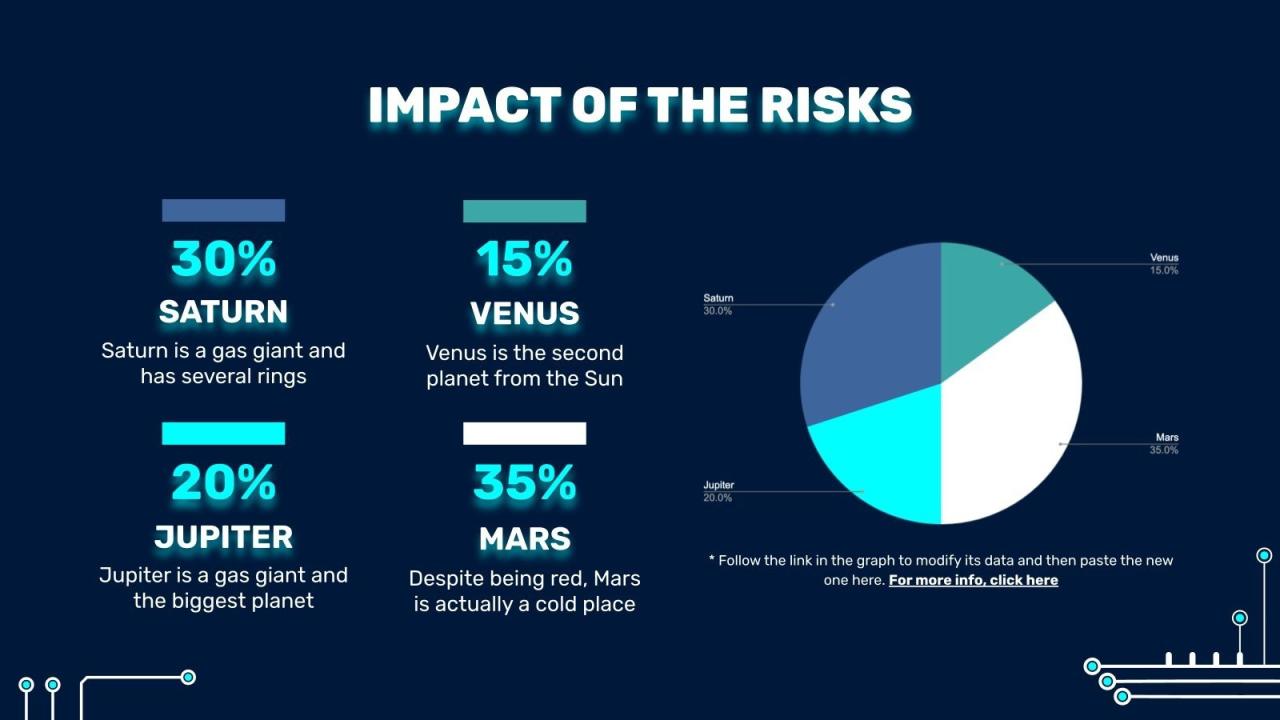
A friendly tone can foster openness, while a harsh tone may create defensiveness and hinder understanding.Non-verbal communication, on the other hand, involves the use of body language, facial expressions, gestures, and eye contact. Often, this type of communication can convey more than words alone. For instance, a simple smile can express warmth and friendliness, while crossed arms may signal defensiveness or discomfort.
Being aware of your own body language, as well as that of others, can enhance your ability to connect and empathize with those around you.In today’s digital age, written communication has gained prominence, especially with the rise of emails, text messages, and social media platforms. Written communication allows for careful crafting of messages, giving the sender time to choose their words thoughtfully.
However, it also poses its challenges; the absence of vocal tone and body language can lead to misunderstandings. To mitigate this, it’s crucial to be as clear and straightforward as possible, using appropriate punctuation and formatting to aid comprehension.Visual communication, which includes images, infographics, and videos, has become increasingly important in our fast-paced society. The saying “a picture is worth a thousand words” rings true, as visuals can quickly convey complex information and evoke emotions in ways that words may not.
Incorporating visual elements into presentations or communications can enhance understanding and retention of information.Now that we’ve explored the various forms of communication, let’s consider the impact technology has had on our interactions. While technology has made it easier to connect with people across the globe, it has also introduced challenges. Misinterpretations can arise more easily in written communication, where tone is often lost.
Furthermore, the constant influx of information can lead to cognitive overload, making it difficult for individuals to focus on the messages that truly matter.To improve communication in this digital landscape, consider the following tips:
1. Active Listening
One of the most crucial aspects of effective communication is the ability to listen actively. This means fully concentrating on what the other person is saying, rather than merely waiting for your turn to speak. Show that you are engaged by nodding, maintaining eye contact, and providing feedback.
2. Be Mindful of Your Audience
Tailor your communication style to your audience. Consider factors such as age, background, and familiarity with the topic at hand. Adjusting your language and approach can greatly enhance understanding and receptiveness.
3. Ask Questions
Encourage dialogue by asking open-ended questions that promote discussion. This not only shows your interest but also helps clarify any uncertainties about the topic being discussed.
4. Practice Empathy
Try to understand the perspective and feelings of others. Empathy can bridge gaps in communication and create a more supportive and understanding environment.
5. Seek Feedback
Don’t hesitate to ask for feedback on your communication style. Understanding how others perceive your message can provide valuable insights and guide you in making necessary adjustments.
6. Be Concise
While it’s important to provide enough information, being concise helps maintain the listener’s attention. Avoid rambling or including unnecessary details that could detract from your main point.
7. Utilize Technology Wisely
Embrace technology as a tool for enhancing communication, but be mindful of its limitations. For instance, when conveying sensitive information, consider face-to-face interactions or video calls rather than relying solely on written communication.In summary, effective communication is a multifaceted skill that requires practice and awareness. By understanding the different forms of communication, recognizing the impact of technology, and applying the tips provided, you can enhance your ability to connect with others.
Whether in your personal life or professional endeavors, mastering the art of communication can lead to more meaningful relationships and successful interactions. Remember, the goal is not just to convey a message but to foster understanding and collaboration among those you engage with.


